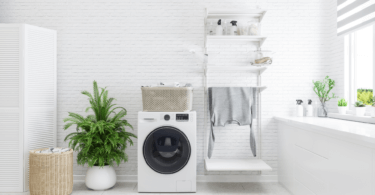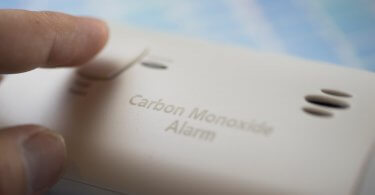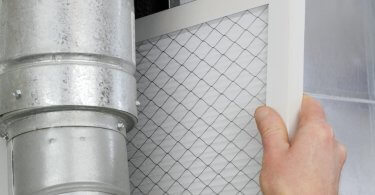
It’s a typical day. You’re going around the house, getting done with your daily chores. Suddenly, you spot some black specks blooming near the windowsill. You instantly know what it is and silently add another item to your list of chores for the day: kill mold and mildew spores.
Does that sound painfully familiar? Well, it might be familiar but doesn’t necessarily have to be painful. Before you start panicking about who to call or what to buy to deal with it, head towards your cleaning supplies and grab that bottle of Lysol lying around.
If you’re still wondering whether Lysol can even kill all that nasty mold, in about five minutes, you shall be relieved of all your doubts.
How Harmful are Mold Spores?
You might not realize this, but we’re exposed to different types of mold spores all the time. This fungus sometimes can be present in the air, but the amount is small enough so that it doesn’t really harm us.
However, if it somehow finds moisture in your house, it’ll take root there and start to grow. Once it starts growing, it can not only damage the surface it’s growing on, but also become dangerous for you.
The mold itself might be restricted to damp places, but the spores can spread anywhere. Inhaling these mold spores can lead to coughing, wheezing, inflammation, irritation, and a whole lot of unpleasant health effects.
What all this means is that if you find mold in your house, you can’t merely wipe it down with water and be done with it. In fact, if you wipe that surface with water and just let it be, you won’t be helping matters at all. The mold will grow again on that wet surface.
Depending on the type of mold and how far it has spread, you’ll need something strong, such as a disinfectant spray, to do the job. For instance, to kill black mold, bleach or some similar remover is much more effective.
How Can You Kill Mold and Mildew Spores?
We’re sure you must have realized this by now that mold is not the easiest thing to clean. It slowly creeps into your house like a silent killer and wedges itself in carpet, bathroom, basement, or any other damp place.
Moreover, many people simply look for the familiar black or green spots. However, mold often appears in other colors too, such as orange and purple.
Yes, it’s sneaky like that. Regardless, the good news is that you can kill mold.
What’s more, you can find most of the ingredients and products for it right in your pantry or storage. For instance, some of the things you can use are:
- Bleach
- Ammonia
- Vinegar
- Borax
- Baking Soda
- Detergent
Even though all of these are quite effective, you’ll notice that they have their drawbacks too. Some of them can only be used on certain surfaces and can damage others. Some are only good for removing the mold spots, and not the entire mold itself.
It’s because of these reasons that many people reach Lysol instead, although they’re not always sure if it works. Well, to put your mind at ease, yes, it does work. Lysol can kill mold and mildew spores.
Without getting too technical, Lysol has certain ingredients that make it effective at killing mold along with a bunch of other germs too. The disinfectant is excellent at clearing away smells too. Additionally, it’s perfectly safe-to-use on a variety of different surfaces.
Read also: Will an Air Purifier Help with Mold?
How to Use Lysol?
Using Lysol is a pretty simple and straightforward process. You directly spray the disinfectant on the moldy area, let it work its magic for a minute or two, and then scrub it all away.
Rub everything with a clean cloth and wash it with water to get the last of it. Finally, make sure you dry the surface properly to prevent the mold from coming back.
As easy-to-use as Lysol is, it does require some safety precautions. For starters, wear gloves to protect your hands from the harsh chemicals.
There should be ventilation to get rid of any fumes. Cover your eyes and mouth as further protection against vapors.
Mold Prevention
Even though we’ve provided you an easy way to kill mold and mildew spores, there’s no doubt that prevention is always better than cure. Therefore, you should try to ensure that the annoying fungus doesn’t find its way into your house in the first place.
Keep any mold and mildew-prone surfaces clean and, more importantly, dry at all times. This might require additional effort at times, but it’s totally worth it.
There should be a proper ventilation system. Use a dehumidifier for those extra damp rooms. After all this, you should be able to keep the mold at bay, and if it pops up anyway, you know exactly what you have to do.




